MARKET OVERVIEW
The mexico medical imaging equipment market will go on expanding its contribution to the healthcare industry as diagnostic technology advances and becomes more integral part of clinical procedures. While all this attention usually tends to center around sales figures and innovation on products, the bigger story is how this market will transform the organizational and operational dynamics of the country's healthcare infrastructure. Mexican hospitals and diagnostic centers are not just buying new equipment their patients, physician training programs, and even building designs of future medical facilities will start shifting.
Mexican public hospitals will increasingly shift to diagnostic-driven models from reactive care models, driven by the adoption of newer imaging technology. This change will not be done in isolation; it will reshape the way healthcare providers structure treatment, patient stay, and the storage and transfer of records. Imaging reports will no longer be retained just for specialist reading. Instead, they will be part of a wider interdisciplinary discussion, with general practitioners, surgeons, and even rehabilitation specialists making decisions on the basis of imaging information early on in the patient's course.
The influence of the mexico medical imaging equipment market will extend beyond clinical utility. It will begin to touch government policies, most notably infrastructure expenditure and public-private partnerships. New imaging centers will not just be a response to technological growth but also signal the state's effort to extend healthcare more widely across regions. Localization of services will reduce diagnostic delays in rural and urban areas, altering the manner in which early conditions are treated and diagnosed.
Mexican schools of medicine will also shift curricula to include new diagnostic technology. Radiology departments will no longer be static image interpretation rooms but dynamic training sites where the new crop of practitioners will have a familiarity with both the hardware and the digital environment they are plugged into. Clinical decision-making will become more image-intensive and data-driven, pushing students and practitioners alike to embrace analytical tools alongside traditional clinical assessment.
But another level that will define the path of the mexico medical imaging equipment market is growing demand for interoperability. The equipment will not be standalone; it will need to integrate with hospital management systems, national health databases, and third-party telehealth platforms. This integration will give rise to regional diagnostic networks, where patient scans are exchanged in real-time across states and institutions. As this becomes the standard, the job of imaging will spread beyond the walls of the hospital to remote consultation rooms, mobile clinics, and home care programs.
As Mexico modernizes its health care system, the evolution of this market will extend beyond mere product availability and price points. It will influence the country's medical workforce, mold accessibility to health care, and result in ongoing policy and practice updates. The mexico medical imaging equipment market will not merely facilitate medicine; it will dictate the nature of Mexico's health care delivery for decades to come.
Mexico medical imaging equipment market is estimated to reach $1,051.7 Million by 2032; growing at a CAGR of 4.5% from 2025 to 2032.
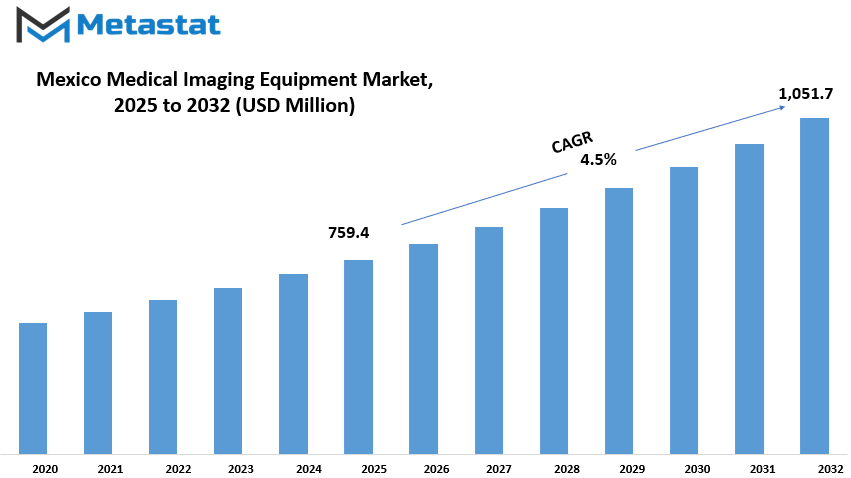
GROWTH FACTORS
The mexico medical imaging equipment market is expected to grow in future, mainly on the development of chronic diseases and age -affected population. As the age of the population and more people develop long-term diseases such as heart disease, cancer and diabetes, the demand for accurate and timely diagnosis increases. Medical imaging comes here in the limelight. Tools such as MRI, CT scan, ultrasound units and X-rays allow doctors to quickly diagnose diseases and treat them more effectively. As a result, hospitals, clinical imaging facilities, and clinics are investing adequately in these units to improve patient care and treatment process.
The technological advancement is another primary driving force behind the market. New imaging technology now provides better images, rapid diagnosis and less discomfort for patients. The device is more efficient and more accurate, and it enables physicians to make more confident decisions. Technology has also made machines that are small, simple and less expensive in some cases. This has made it possible to offer special imaging services for small health centers which could be obtained only in large hospitals only.
Despite the Rosie projection, there are some obstacles that may obstruct market development. Medical imaging equipment and their maintenance costs are one of them. These devices are expensive to obtain and require regular maintenance, which can prove to be an expensive burden for health professionals, especially in rural settings or low state-driven hospitals. In addition, it is not easy to obtain approval for new devices. Regulatory processes are rigorous, and companies must meet a lot of requirements before their product is ready to be used in medical centers. It can delay the release of new technology and increase costs for producers.
However, there are options that could better serve the market in the future. Expanding imaging services to underserved and rural areas could meet the health needs of communities that are not privileged to have access to diagnostic facilities. Distributing imaging technology to such regions would not only upgrade healthcare centers but also open up new business opportunities for companies in the sector. With continued support from both the government and private sector, the Mexican medical imaging market will continue to grow steadily and gain better access to healthcare for more individuals across the country.
MARKET SEGMENTATION
By Modality
The mexico medical imaging equipment market is growing steadily with the surging need for better healthcare and early detection. With the rising population and healthcare needs, medical imaging is proving to be an important part of the ways doctors diagnose and cure medical conditions. More and more hospitals and clinics across Mexico are choosing to make an investment in new medical imaging technology in order to improve their ability to detect diseases early on and offer timely medical intervention. Medical imaging no longer remains limited to the urban areas; it is making its way into the rural towns as well, where access to better medical care has been limited in the past.
Here, the Modality segment is a key contributor and divided into different categories. MRI ranks among the leading categories with a worth of $250.6 million. MRI is also highly in demand for its role of producing clear images of organs and tissues without using dangerous radiation. Computed Tomography, or CT scans, are also in great demand because they allow physicians to make quicker decisions by giving clear cross-sectional images. Ultrasound is another imaging technology in common practice, especially in pregnancy and when examining soft tissues. It is not only cheap but safe for the patient because it does not use radiation. X-ray is the longest running and most common method in vogue, thanks to its quick and precise diagnostic outcomes on bone disorders and lung infections. Nuclear Imaging, Fluoroscopy, and Mammography also form essential parts of the market. Nuclear Imaging is useful in understanding the way organs are working, Fluoroscopy is useful in seeing moving body structures in real time, and Mammography is required for breast cancer early detection.
The Mexican government and private healthcare organizations are keen to upgrade machinery and expand services, driving the market growth. The people are becoming health check-up aware and early disease diagnostic, thus pushing more people towards opting for imaging services. Additionally, having trained staff and enhanced health infrastructure is helping medical imaging services reach more people across the country.
In summary, mexico medical imaging equipment market will keep expanding. With augmented investments, enhanced technology, and greater regard for patient care, the imaging devices will keep supporting Mexico's healthcare system. All the imaging devices, especially MRI, CT, and Ultrasound, will keep serving as key tools in the development of diagnosis and treatment across Mexico.
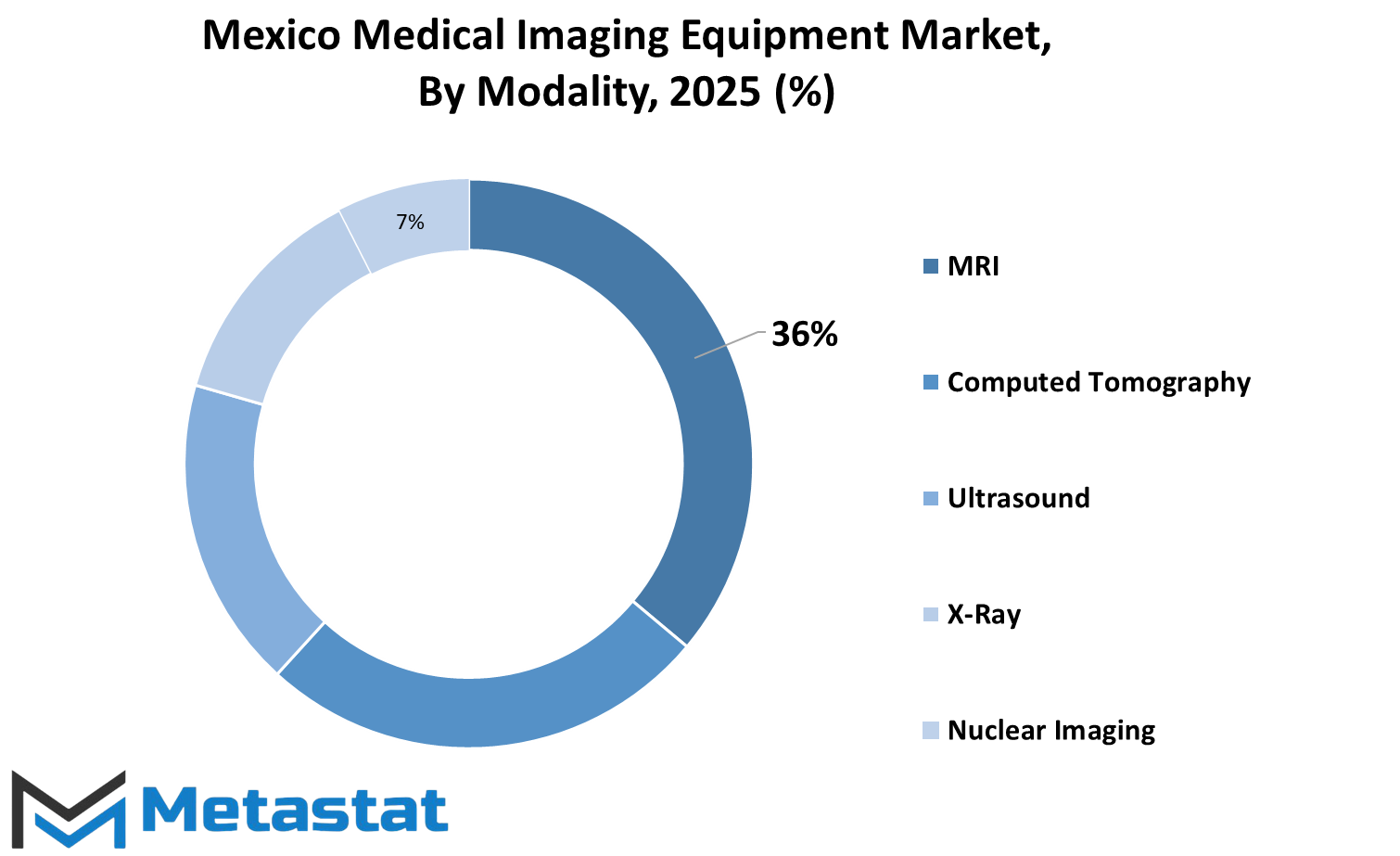
By Application
The mexico medical imaging equipment market is a key contributor to healthcare performance enhancement by helping doctors diagnose and monitor various medical conditions. This market is evolving at a persistent rate with mounting demand for early diagnosis, rising elderly population, and advancements in medical technology. One of the most important methods to target this market is to study it as far as the partition is related to the application. They are used in devices such as cardiology, oncology, neurology, orthopedics and others, playing a specific role in each medicine.
Cardiology is probably one of the most essential specialties that uses medical imaging equipment. It detects cardiovascular issues such as blocked arteries or arrhythmias in an early stage. Imaging technology such as echocardiogram and cardiac MRI can be helpful in making quick and accurate decisions for doctors. With cardiovascular disease continuing to haunt many people in Mexico, imaging in cardiology is only going to grow.
Medical imaging plays a critical function in the diagnosis and follow-up of cancer in the oncology setting. With CT scanners, PET scanners, and MRIs, doctors can identify tumors and see how far along the cancer is and treat more effectively. Incidence of cancer in Mexico is growing, and consequently, application of imaging equipment has grown in hospitals and clinics across the nation. These tools not only find application for diagnosis but also for follow-up visits after treatment.
Neurology also depends a lot on imaging. This helps doctors to identify and diagnose the state of the brain and spine such as stroke, epilepsy and multiple sclerosis. MRI and CT scans are particularly helpful in identifying problems that cannot be seen with regular tests. Since neurological disorders can affect daily life so severely, accurate and quick diagnosis with the help of imaging is extremely important.
Orthopedics uses imaging techniques to scan bones, muscles and joints. From brakes to arthritis, imaging enables doctors to understand what is going on inside the body without surgery. X-rays and MRI scans are not unheard of in this field and are used as the first course of treatment for injuries or chronic conditions.
Lastly, the "others" segment includes a wide range of applications such as dental care, gastroenterology, and general preventive health check-ups. These segments also benefit from imaging devices that are capable of finding issues early before they become worse.
More quality healthcare is required in Mexico, and hence the medical imaging equipment market will keep expanding, delivering better equipment to diagnose faster and more accurately in all these big segments
By End-Users
The demand and growth of its primary end-users hospitals, diagnostic centers, and others drive the mexico medical imaging equipment market. All of them have their specific role in how medical imaging equipment is purchased, operated, and replaced over time. Among these, hospitals consume the most. This is because they deal with a large number of medical matters every day and require advanced imaging machines to help in accurate diagnosis and treatment. From emergency care to complex surgery, hospitals use machines such as MRI, CT scanners and X-rays to help make up information. Due to their high patient volume and detailed list of services, the hospital market has a major motivational power.
Diagnostic centers, on the other hand, are centers that are mainly focused on testing and diagnosing illness from health ailments. These centers are still increasing in number everywhere in Mexico because individuals have become more aware of early detection and regular check-ups on their health. Diagnostic instruments in such facilities are more specialized and require smaller, faster, and cheaper machines. Outpatient services demand is also on the rise, boosting the growth in diagnostic centers further, thereby driving the demand for advanced but efficient imaging systems.
The "others" category includes specialty centers, clinics, and small healthcare facilities that aren't part of big hospital groups or chains of diagnostic facilities. These institutions might have reduced budgets but still need efficient imaging equipment to provide quality services. This category is important, especially in rural or semi-urban areas, where access to big hospitals is limited. With greater availability of healthcare in Mexico, even these smaller institutions are starting to invest in sophisticated imaging equipment, often with government or private funding.
Market growth among every category of end-users is also being driven by development in healthcare infrastructure and efforts at overhauling outdated systems. With increasing affordability and convenience of technology, more small and medium-sized facilities are going to use newer equipment. With more focus on faster diagnosis and better patient outcomes, the need for reliable and consistent imaging machines will continue to increase. Each segment, while diverse in size and need, plays a vital role in shaping the future of the Mexican medical imaging equipment market. Together, they create a consistent and increasing demand that drives innovation as well as supply of these vital medical devices.
|
Forecast Period |
2025-2032 |
|
Market Size in 2025 |
$759.4 million |
|
Market Size by 2032 |
$1,051.7 Million |
|
Growth Rate from 2025 to 2032 |
4.5% |
|
Base Year |
2025 |
|
Regions Covered |
North America, Europe, Asia-Pacific, South America, Middle East & Africa |
REGIONAL ANALYSIS
The mexico medical imaging equipment market plays a crucial role in the medical industry by providing doctors with the ability to diagnose and monitor an enormous range of medical conditions. Imaging devices like X-rays, MRIs, CT scans, and ultrasounds are utilized by clinics, diagnostic centers, and hospitals to obtain clean and accurate images of the inside of the body. These devices are essential for quick and precise diagnoses, which help doctors formulate better treatments for their patients. With increased healthcare needs and advancements in technology, the demand for efficient imaging devices in Mexico also increases.
Geographically, the mexico medical imaging equipment market is divided into a number of regions. These include North America, Europe, Asia-Pacific, South America, and the Middle East & Africa. In North America, the market is bifurcated further as the U.S., Canada, and Mexico. In Europe, it is the UK, Germany, France, Italy, and the Rest of Europe. India, China, Japan, South Korea, and the Rest of Asia-Pacific are classified under the Asia-Pacific region. Brazil, Argentina, and the Rest of South America constitute South America. Finally, the Middle East & Africa is further divided into the GCC Countries, Egypt, South Africa, and the Rest of the Middle East & Africa.
Mexico, being in North America, benefits from being close to the U.S. and Canada, specifically in trade and sharing technology. These relations enable Mexico to obtain new medical devices and receive investment in healthcare units. A number of hospitals and clinics in Mexico are today upgrading their infrastructures to maintain pace with heightened patient demands, and imaging technology is one of the most important areas of upgrade. With increasing numbers of people being made aware of the importance of early diagnosis and check-ups, the need for sophisticated and efficient imaging devices will keep increasing.
Government support and investment by private entities are also propelling the market. Efforts toward expanding accessibility to healthcare centers, especially in rural and underdeveloped areas, are encouraging additional centers to invest in medical imaging equipment. Not only is this growth advantageous for doctors to provide quality services, it is also opening up more opportunities for manufacturers and providers. Overall, the mexico medical imaging equipment market is progressing steadily, driven by strong demand, enhanced infrastructure, and sustained efforts towards improving healthcare services in the nation.
COMPETITIVE PLAYERS
The mexico medical imaging equipment market is slowly growing as the need for better diagnostic equipment and healthcare services rises. With the expanding population and increasing age, diseases such as chronic ailments, cancer, and neurological disorders are on the rise. This is fueling a rising need for advanced medical technologies that can help identify diseases at an early stage. Medical imaging equipment is a valuable means of detecting and tracking many different medical conditions, and for that reason, hospitals, clinics, and diagnostic centers across Mexico are investing more capital in this equipment.
Enhancement of healthcare infrastructure is among the largest factors for greater use of medical imaging equipment. More hospitals are being built, and existing ones are also expanding facilities so that they can provide faster and more precise diagnoses. As a correlated phenomenon, patients along with medical professionals are becoming more cognizant of the benefits of early diagnosis. This change is propelling the market since medical professionals are relying on imaging technology to take decisions and reduce the likelihood of errors.
The other major force behind the market is government support for healthcare reforms and investment. Various schemes are being initiated to improve the public health infrastructure, and that includes coverage of improved diagnostic equipment. With progressively available funds, even small hospitals and rural clinics can now accommodate better equipment. That makes patients in rural and underdeveloped areas equal to those in urban cities, thus improving health access overall.
The presence of strong global and regional companies is also driving the market's growth. Some of the leading companies present in the medical imaging equipment market are Canon Medical Systems Corporation, FUJIFILM Holdings, Koninklijke Philips N.V., General Electric, Siemens Healthineers AG, Esaote, Shimadzu Corporation, Agfa-Gevaert Group, Shenzhen Mindray Bio-Medical Electronics Co., Ltd., Carestream Health, and FONAR Corp. These companies specialize in developing advanced and reliable imaging equipment and are devoted to innovation, cost-effectiveness, and simplicity, making them good partners in the country's healthcare progress.
As the healthcare needs of the population increase and technology advances on a regular basis, the Mexican medical imaging equipment market will continue to expand even more in the years ahead. This is because the nation maintains its commitment to better health outcomes and better patient care.
Mexico Medical Imaging Equipment Market Key Segments:
By Modality
- MRI
- Computed Tomography
- Ultrasound
- X-Ray
- Nuclear Imaging
- Fluoroscopy
- Mammography
By Application
- Cardiology
- Oncology
- Neurology
- Orthopedics
- Others
By End-Users
- Hospitals
- Diagnostic Centers
- Others
Key Mexico Medical Imaging Equipment Industry Players
- Canon Medical Systems Corporation
- FUJIFILM Holdings
- Koninklijke Philips N.V.
- General Electric
- Siemens Healthineers AG
- Esaote
- Shimadzu Corporation
- Agfa-Gevaert Group
- Shenzhen Mindray Bio-Medical Electronics Co., Ltd.
- Carestream Health
- FONAR Corp.
WHAT REPORT PROVIDES
- Full in-depth analysis of the parent Industry
- Important changes in market and its dynamics
- Segmentation details of the market
- Former, on-going, and projected market analysis in terms of volume and value
- Assessment of niche industry developments
- Market share analysis
- Key strategies of major players
- Emerging segments and regional growth potential



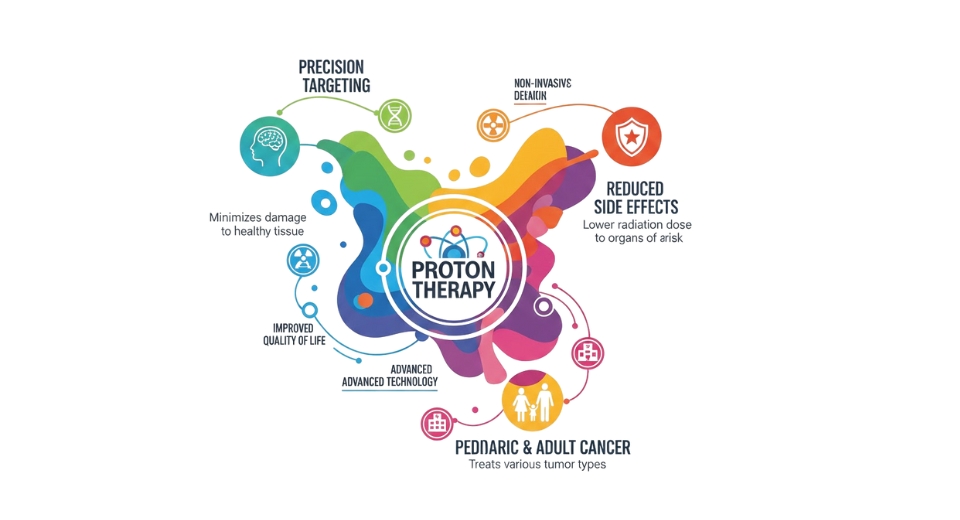
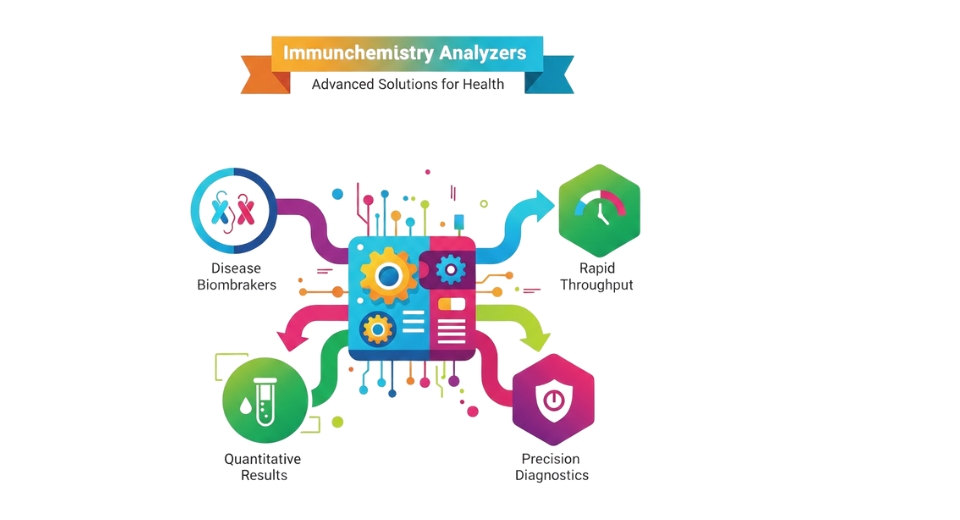

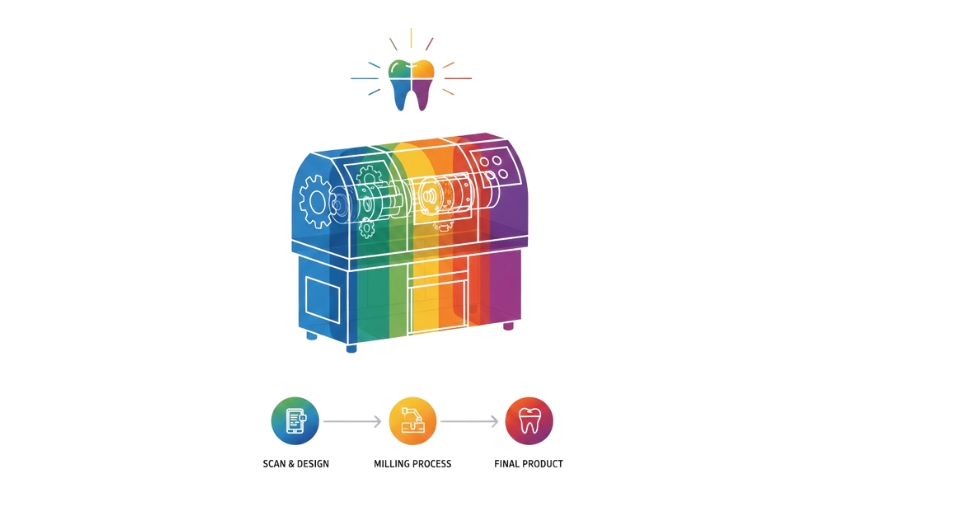

 US: +1 3023308252
US: +1 3023308252






